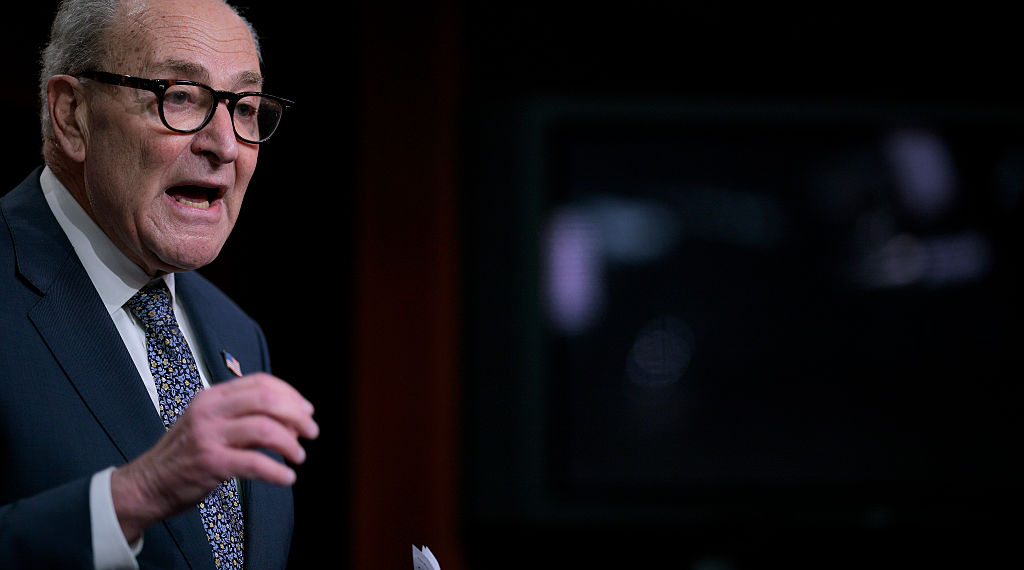The ongoing government shutdown has raised questions about its implications and impact compared to past events. Drawing parallels to the 2013 government shutdown, notable differences emerge in how federal services are being affected and the public’s response.
During the 2013 shutdown, many public attractions, including historical sites, faced closures. Notably, the Liberty Bell in Philadelphia, a symbol of American independence, was inaccessible to visitors. This situation highlighted how significant federal landmarks, managed by the National Park Service, were directly affected. Visitors could only gaze at the iconic bell through its windows, a stark reminder of the shutdown’s reach.
The repercussions of the 2013 event were felt nationwide, as numerous federal employees were furloughed. Approximately 800,000 workers were sent home without pay, while others were required to work without compensation. This led to an outcry over the economic impact on families and businesses dependent on government employment. The shutdown lasted for 16 days and cost the economy around $24 billion, according to estimates from the Office of Management and Budget.
Fast forward to the present, and the current shutdown has similarly affected federal operations. Congress remains at an impasse, leaving many employees in limbo and public services disrupted. This time, the focus has shifted towards the federal budget and spending priorities, with significant attention on social programs and defense spending.
As the shutdown continues, various agencies are adapting their responses. The Smithsonian Institution, for example, has closed some museums while keeping others operational, depending on their funding structure. This approach contrasts with the blanket closures seen in 2013, indicating a more nuanced strategy in managing public access to federal resources.
Public sentiment surrounding government shutdowns has also evolved. Social media amplifies voices, allowing citizens to express their frustrations more broadly. The closure of federally funded sites, such as national parks and museums, often garners significant public outcry, as these venues are not just tourist attractions but also integral parts of American culture and heritage.
The impact of these closures extends beyond mere inconvenience. Local businesses that rely on tourism suffer financial losses during shutdowns. Restaurants, hotels, and shops near national parks and historical sites report significant drops in revenue, highlighting the interconnectedness of federal operations and local economies.
As the current situation unfolds, it is essential to consider the broader implications of government shutdowns. Each event carries its unique challenges and consequences, shaping not only federal operations but also the daily lives of citizens who rely on these services. Understanding this context can help foster informed discussions about the political and economic ramifications of continued deadlock in Congress.
Looking ahead, the hope is that lawmakers will find common ground to resolve the ongoing shutdown. The lessons learned from past shutdowns, including the 2013 experience, can provide valuable insights into the importance of effective governance and the need for compromise in the legislative process.







